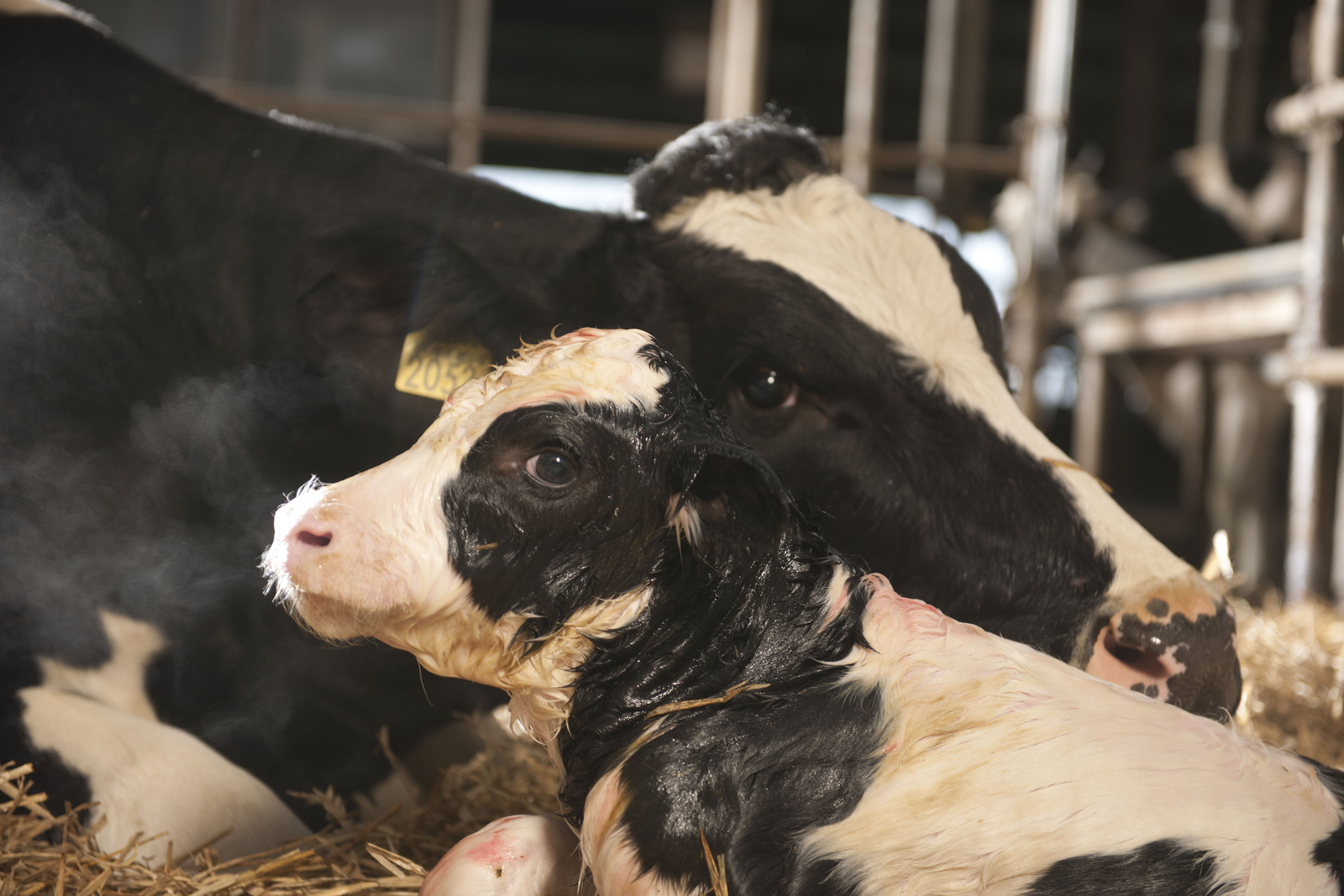2 key points to fresh cow profits

The challenge of current milk prices is compounded by the costs of metabolic issues in the fresh lactation period. Tools that deliver higher feed intake and better feed efficiency can boost both milk production and profits.
During the transition period, dairy cows are exposed to physiological, dietary and social changes. Cows in fresh lactation experience a negative energy balance: their energy requirements exceed their dry matter intake and as a consequence, they tap into their own body reserves for energy. Taking into account all these challenges, the risk of developing metabolic diseases such as milk fever, displaced abomasum, retained placenta and ketosis are high in the transition period. Subclinical ketosis, which is difficult to detect, negatively affects general herd health, reproduction, milk production, and is associated with an increase of early lactation culling. It costs the producer an estimated €260 per case. For fresh cows, maximising feed intake and feed efficiency will boost energy and nutrient availability, thereby supporting milk production and helping to stave off metabolic disorders.

Higher feed intake
It is essential to keep dry matter intake (DMI) as high as possible during the close-up period and for several weeks post-calving. Aromatic compounds are of particular relevance for cattle since they have almost 3 times more taste receptor cells than humans do. Many phytogenic or botanical substances contain sensory-relevant compounds that make feed tastier for cows. These include essential oils, herbs, spices and extracts that provide flavoring properties, particularly aromatic phenolic compounds found in thyme, clove, etc. In a recent trial in the Czech Republic, application of a phytogenic feed additive* improved dairy cows’ feed intake and improved energy intake (+1.2%). Moreover, milk yield was improved by +5.1% (p<0.001) as was daily milk solids production (fat +6.7%, protein +1.7%, lactose +4.8%). milk performance, corrected to energy corrected milk (ecm) according to the guidance of sjaunja>et al. 1991, was enhanced by 3.5% (Figure 1). The milk performance improvement resulted in a breakeven of 0.24 kg of milk and in a return on investment of 8.6:1 based on an underlying a milk price of €0.30/kg.</0.001)>
Figure 1 – Improved milk performance with the application of phytogenic feed additive.

Better feed efficiency
The second tool to support the fresh cow is to increase feed efficiency by increasing digestibility and by getting more volatile fatty acids (VFAs) and nutrients out of the feed. This can be achieved by supplying helpful rumen microbiota with functional components such as nucleotides and glucans. While a number of yeast products with such components exist, it has been shown that breaking down whole yeast cells into fragments using enzymes through a process called autolysis boosts microbial numbers in the rumen. The increase in microbial population leads to improved feed digestibility and increases the production of VFAs such as acetate, propionate and butyrate: leading to a better energy balance and higher beef or milk production.
A trial conducted at the BIOMIN Research Center using an advanced in vitro rumen simulation system demonstrated the benefits of an autolyzed yeast** in terms of digestibility and VFA production. The rumen simulation system makes it possible to continuously observe and measure fermentation parameters in an artificial rumen-like environment for 14 consecutive days. As Figure 2 shows, the autolyzed yeast improved digestibility of the feed and resulted in higher VFA production.
Figure 2 – The effect of autolyzed yeast on in vitro VFA production and digestibility in a rumen simulation system fed a diet with a forage to concentrate ratio of 50:50.
Overcoming challenges with nutrition
Balanced diets and good transition cow management are crucial aspects in a successful dairy operation. Adding an additive to the feed is attractive in terms of increasing feed intake to meet higher energy requirements and in terms of supporting rumen and overall animal health. A selected phytogenic feed additive and a selected autolyzed yeast product support to overcome challenges in feed intake as well as support feed efficiency towards improving animal performance, resulting in more efficient production and greater economic benefit for producers. The benefits recorded here also have application in beef cattle, using the same tools.
*Digestarom®, ** Levabon® Rumen E













